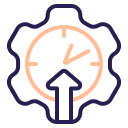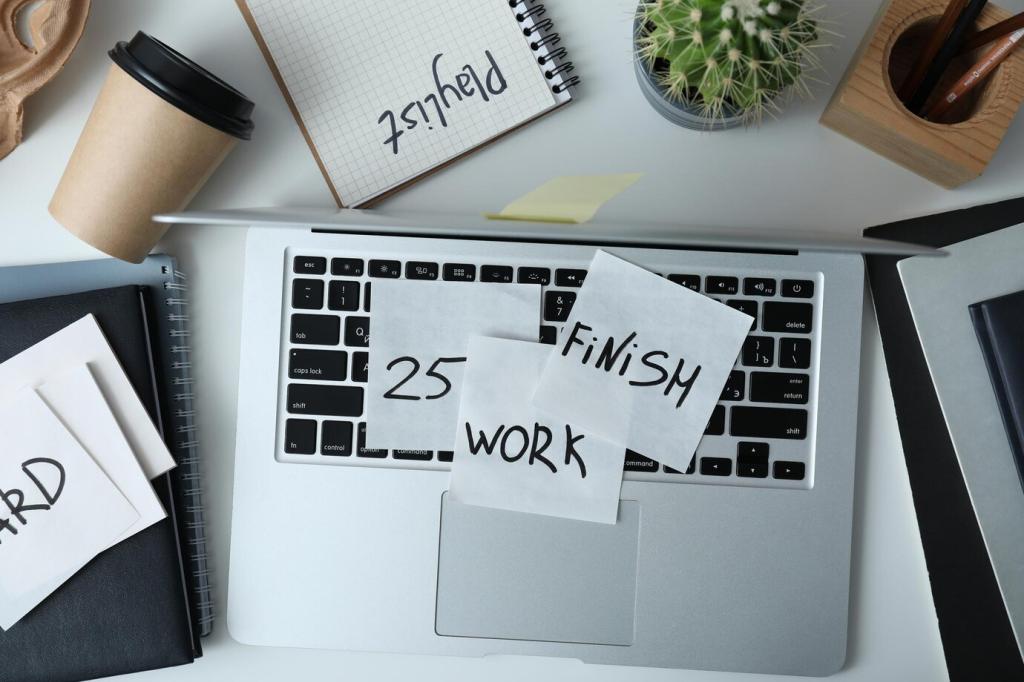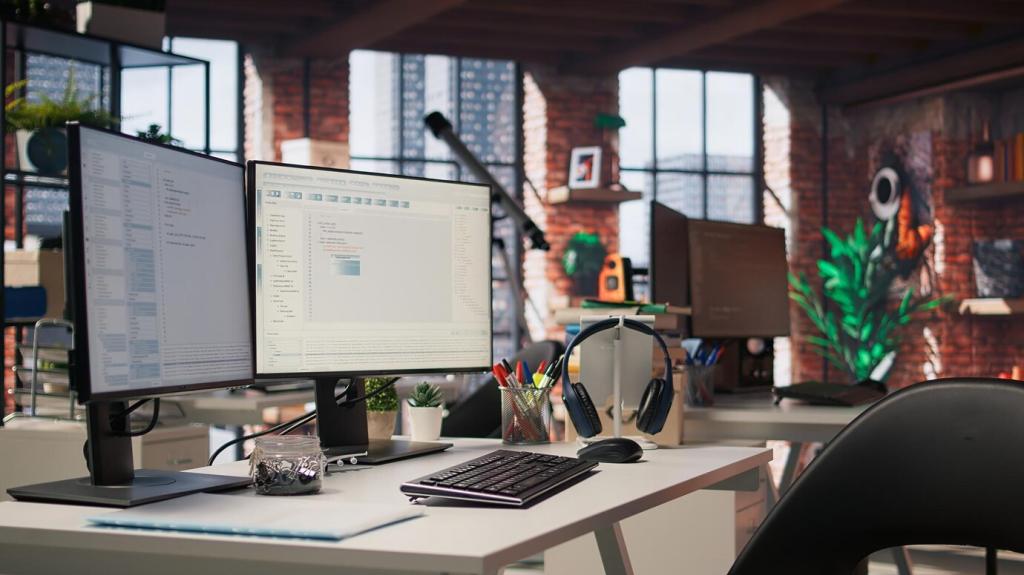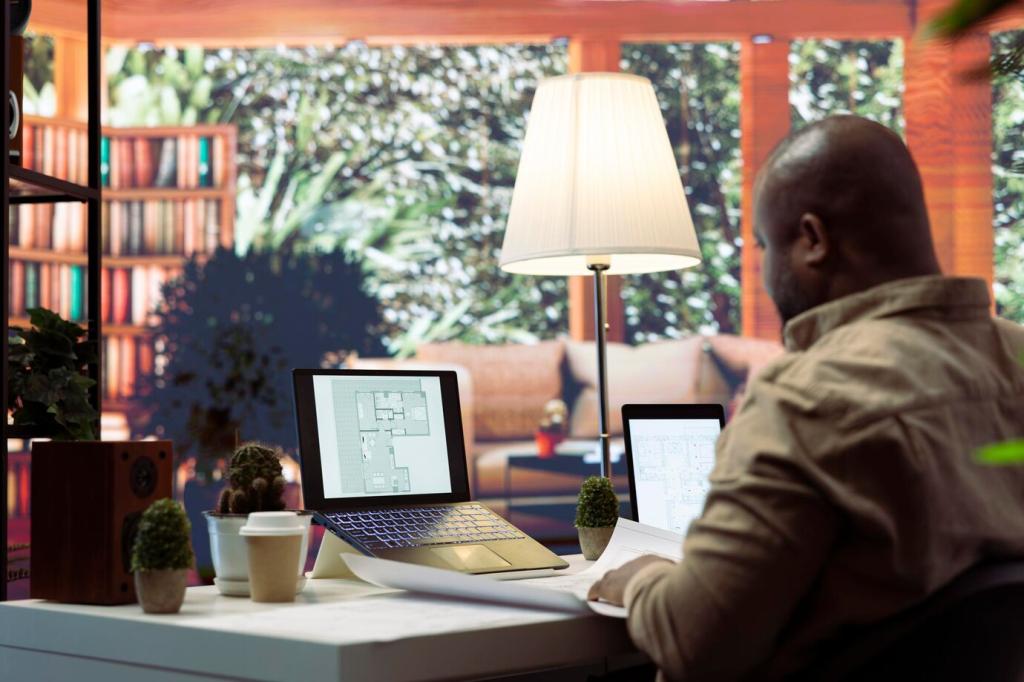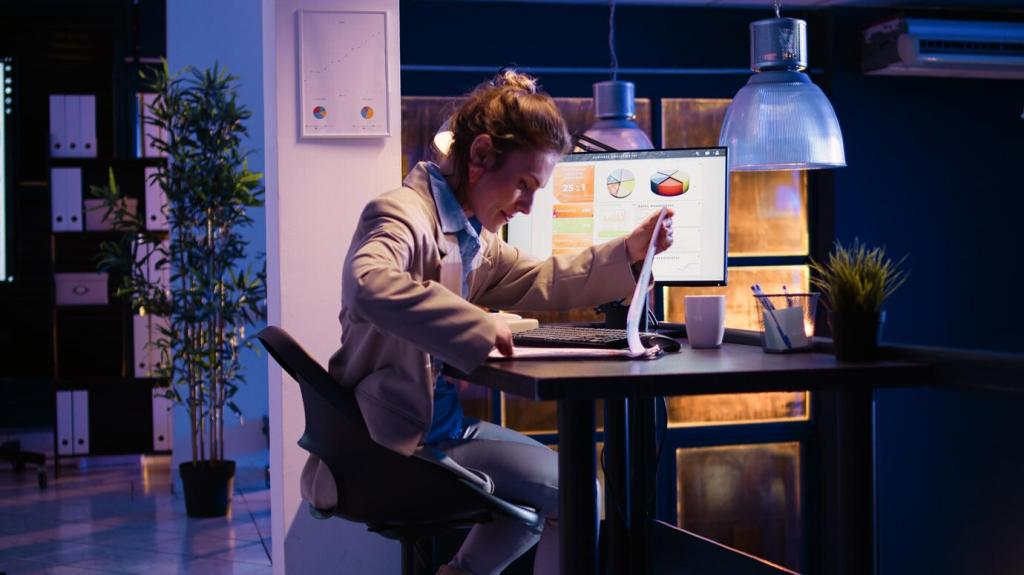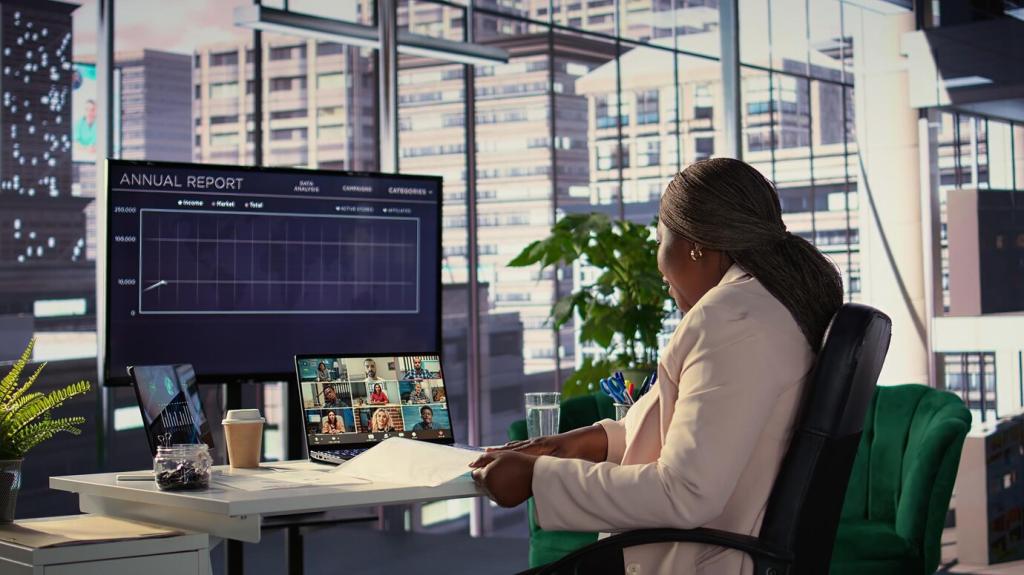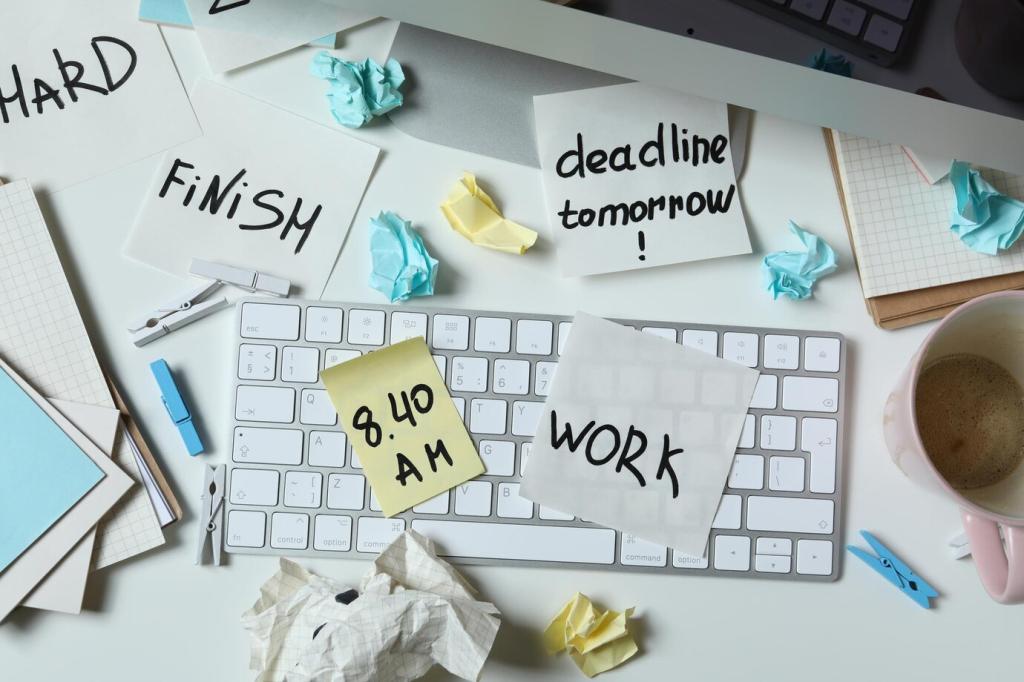Personalization Without Distraction
One resilient plant near eye level can soften stress and reduce visual monotony. Choose low‑maintenance species and consistent pots. Show us your plant pick and placement, and we’ll suggest complementary textures to complete the look.
Personalization Without Distraction
Pick a restrained palette—two neutrals, one accent—and repeat it across storage and accessories. Soft textures absorb sound and mess. Post your palette choices, and subscribe for a printable swatch guide tailored to small offices.
